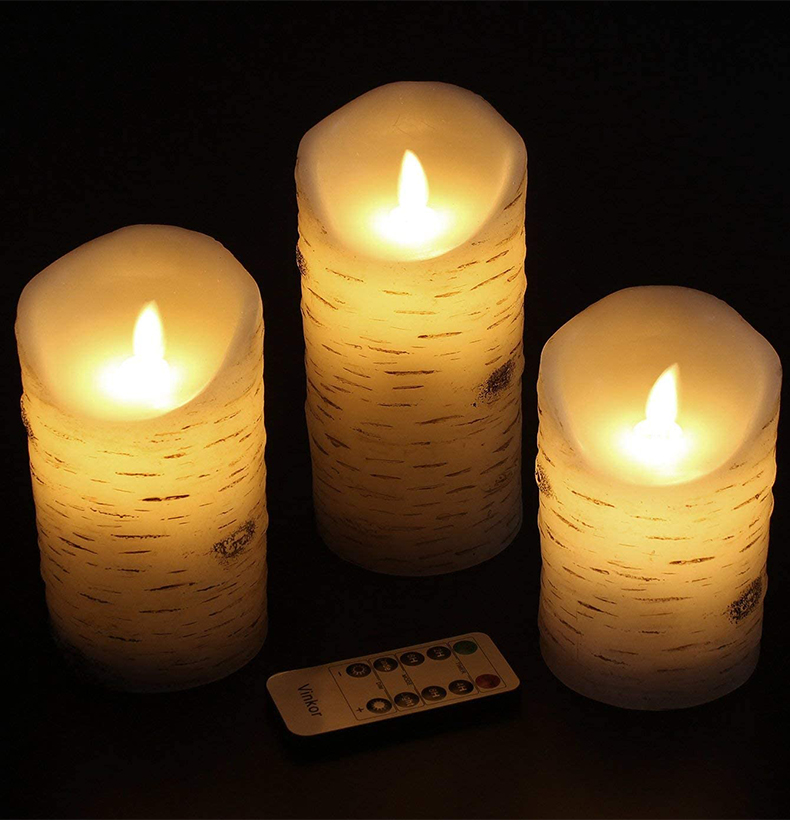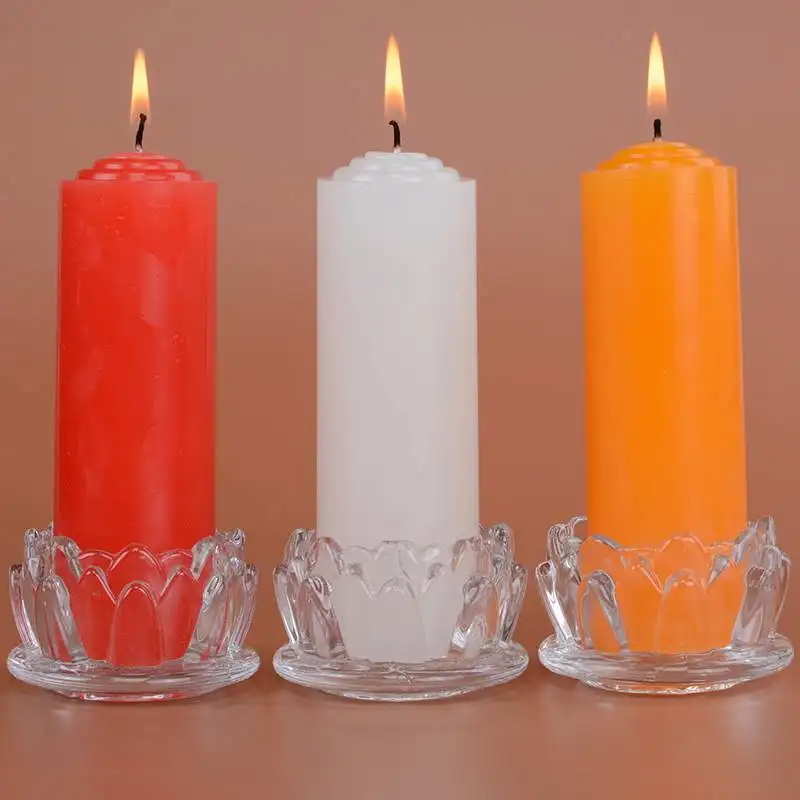Introduction: Exploring the World of Wax Melts
Wax melts have become a popular choice for scenting homes, offices, and various spaces. These small wax cubes or shapes are melted using a heat source such as a wax warmer, releasing their fragrance into the air. But amidst the allure of their aromas, a common question arises: How long do wax melts truly last? Let’s delve into this mystery and uncover the factors that influence their longevity.

Understanding Wax Melts: Composition and Functionality
Before diving into their lifespan, it’s crucial to understand what wax melts are made of and how they work. Typically, wax melts consist of a blend of waxes, fragrances, and sometimes dyes. When exposed to heat, either through a tea light or an electric warmer, the wax begins to melt, releasing the fragrance encapsulated within. The scent then diffuses into the surrounding environment, creating a pleasant atmosphere.
Factors Influencing Longevity: Wax Type and Composition
The longevity of wax melts can vary significantly based on several factors. One primary factor is the type and composition of the wax used. Paraffin wax, soy wax, and beeswax are among the most common choices. Paraffin wax, being petroleum-based, tends to have a higher melting point and may release fragrance more quickly but might not last as long as soy wax, which has a lower melting point and a slower release of scent. Beeswax falls somewhere in between the two, offering a balance of longevity and fragrance throw.

Heat Source and Temperature: Impact on Duration
Another crucial aspect that affects the lifespan of wax melts is the heat source and temperature at which they are melted. Electric wax warmers often provide a consistent and controlled heat, resulting in a slower and more prolonged release of fragrance compared to traditional tea light warmers, which may produce higher temperatures initially, causing the wax to melt faster and the scent to dissipate more quickly.
Fragrance Concentration: Intensity versus Duration
The concentration of fragrance oils within the wax melt also plays a significant role in determining its longevity. Wax melts with a higher concentration of fragrance oils may offer a more intense scent throw initially but might burn out faster compared to those with a lower concentration. Balancing fragrance intensity with longevity is essential for achieving an optimal scent experience.

Room Size and Air Circulation: Environmental Factors
The size of the room and its air circulation can impact how long wax melts last. In larger spaces with better airflow, the scent molecules disperse more quickly, reducing the perceived longevity of the wax melts. Conversely, in smaller, enclosed spaces with limited airflow, the fragrance may linger for a more extended period, extending the lifespan of the wax melts.
Usage Patterns and Habits: Personal Preferences
Individual usage patterns and habits also influence the duration of wax melts. Some people prefer to use wax melts continuously throughout the day, while others may only use them for short periods. Additionally, the frequency of wax melt replacement and the number of melts used simultaneously can affect how long a supply of wax melts lasts.

Tips for Prolonging Longevity: Maximizing Usage
While the lifespan of wax melts may vary depending on several factors, there are ways to maximize their longevity:
- Optimize Heat Settings: Adjust the heat settings on your wax warmer to achieve a balance between fragrance intensity and duration.
- Rotate Scents: Alternate between different scents to prevent olfactory fatigue and prolong the enjoyment of each wax melt.
- Trimming Wicks: If using tea light warmers, ensure to trim the wick of the tea light candle to prevent excessive heat that may cause the wax to melt too quickly.
- Storage: Store unused wax melts in a cool, dry place away from direct sunlight to preserve their fragrance potency.
- Reuse: Once the fragrance of a wax melt has dissipated, consider repurposing the leftover wax for other purposes such as creating custom scent blends or using it for candle-making projects.
Exploring Sustainability in Wax Melts: Environmental Considerations
Beyond their lifespan, it’s essential to consider the environmental impact of wax melts. As consumers become increasingly mindful of sustainability, there is growing interest in eco-friendly alternatives. Some manufacturers offer wax melts made from renewable sources such as soy or beeswax, which are biodegradable and produce fewer emissions when burned. Additionally, reusable wax melt containers and packaging made from recycled materials contribute to reducing waste in landfills. By opting for sustainable options, consumers can enjoy their favorite scents guilt-free, knowing they’re making a positive contribution to the environment.

Customization and Personalization: Tailoring the Experience
One aspect that adds to the allure of wax melts is the ability to customize and personalize the scent experience. Many enthusiasts enjoy experimenting with different scent combinations by mixing and matching wax melts to create unique blends. This not only prolongs the lifespan of individual melts but also allows for endless possibilities in scent exploration. From floral and fruity to woody and spicy, the versatility of wax melts enables users to tailor their ambiance to suit their mood and preferences, further enhancing the enjoyment of their fragrance journey.
The Role of Quality and Craftsmanship: Ensuring Longevity
While factors like wax type and heat source significantly impact the longevity of wax melts, the quality and craftsmanship of the product also play a crucial role. Well-made wax melts with high-quality ingredients tend to last longer and offer a more consistent fragrance throw compared to cheaper, mass-produced alternatives. Artisanal wax melts crafted with care and attention to detail often contain higher concentrations of fragrance oils, resulting in a more luxurious scent experience that endures over time. Investing in quality products not only ensures longevity but also supports small businesses and artisans dedicated to their craft.
Conclusion: Decoding the Lifespan of Wax Melts
In unraveling the mystery of how long wax melts truly last, it becomes evident that numerous factors contribute to their longevity. From the type of wax used to the heat source, fragrance concentration, and environmental conditions, each element plays a crucial role in determining the lifespan of wax melts. By understanding these factors and implementing strategies to maximize their usage, enthusiasts can prolong the enjoyment of their favorite scents, creating inviting atmospheres that delight the senses for extended periods.









